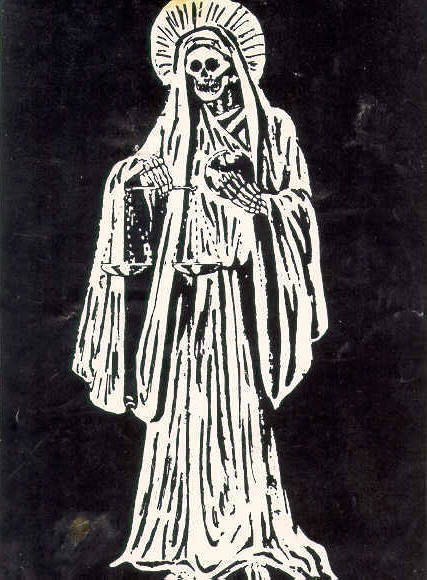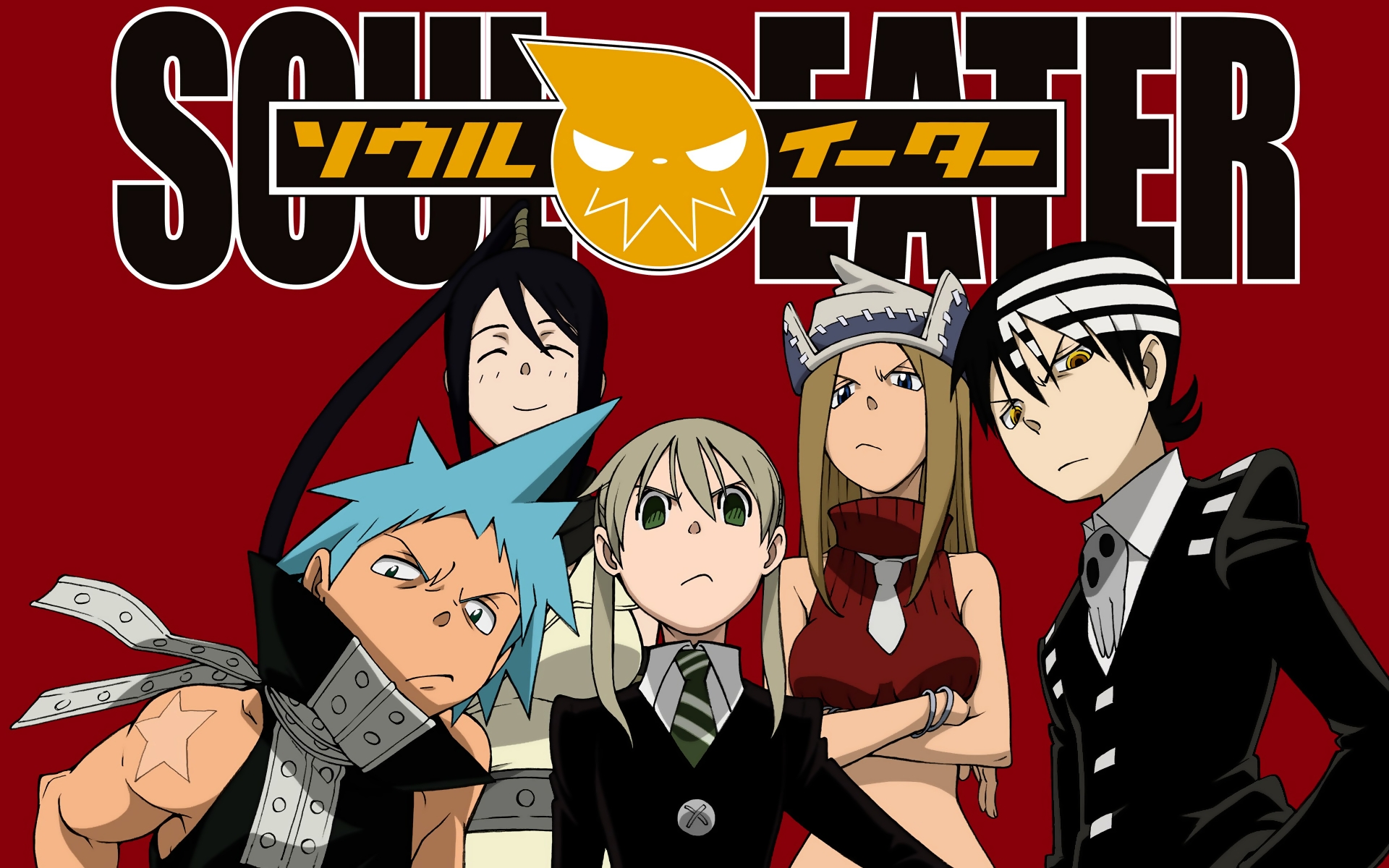I first learned about Santa Muerte as part of a report on illegal drug trades in Mexico. This is the most depressing revelation of all. Suzie Sarnio is a female Death who represents hope to young people. She overcomes sexism, and becomes a leader in a world where she's hated. Santa Muerte, perhaps the earliest imagery of a female Death, has associations with every negative aspect I wished to avoid.
At the same time, even my School of Deaths, where Deaths are trained, has echoes of other ideas. Last summer, long after the novel was finished and the publishing contract signed, I learned about a Japanese manga series called Soul Eater. I watched the entire series, which is markedly different than my novel, but at its base does feature kids training to be Reapers.
I now had to ask the question, is anything original? I developed my ideas on my own, and the story itself is unique, but the themes all exist elsewhere- some dating back centuries. Joseph Campbell is famous for postulating that all ideas emerge from a single "monomyth" deeply rooted in human consciousness. If every story is in some ways a retelling of the same central ideas, where does originality factor in?
The answer, I believe, is in the construction of a novel, which is the true art. I am currently reviewing my final galley version for School of Deaths, and have been writing a second novel as well. Now that I've discovered that similar ideas exist elsewhere, am I changing mine? No. The novel I've written is still an original work, the character and their situations completely unlike anything I've ever experienced or heard of elsewhere. Perhaps, at the base of our souls, there really is a single complex of "monomyths" from which all stories emerge. Yet, it's the way we interpret and transform those myths that truly makes us artists.



... and another 'Susan Death' is Susan Sto Helit - actually the grand-daughter of the Grim Reaper in the Discworld series. She occasionally takes on the job of her grandfather, when he 'has to be absent'. http://1.fwcdn.pl/ph/09/70/300970/115550.1.jpg
ReplyDeleteThat's really funny. I love Pratchett, but didn't know about Susan Sto Helit. Pratchett and I even share a birthday, now it seems we share a 'Susan Death' as well. Still, the comment about style creating art is applicable- my world is nothing like Discworld, and I'd wager that Suzie Sarnio is nothing like Susan Sto Helit.
ReplyDeleteYou know that Neil Gaiman and Mike Dringenberg also have a female Death in their comic book series The Sandman (1989–1996). She's a pretty interesting character. :)
ReplyDeletehttp://en.wikipedia.org/wiki/Death_(DC_Comics)
Renee- no I've never read Sandman, didn't know about that Death- but looking her up, she looks really cool. I guess this idea is even more widespread than I'd realized.
ReplyDelete